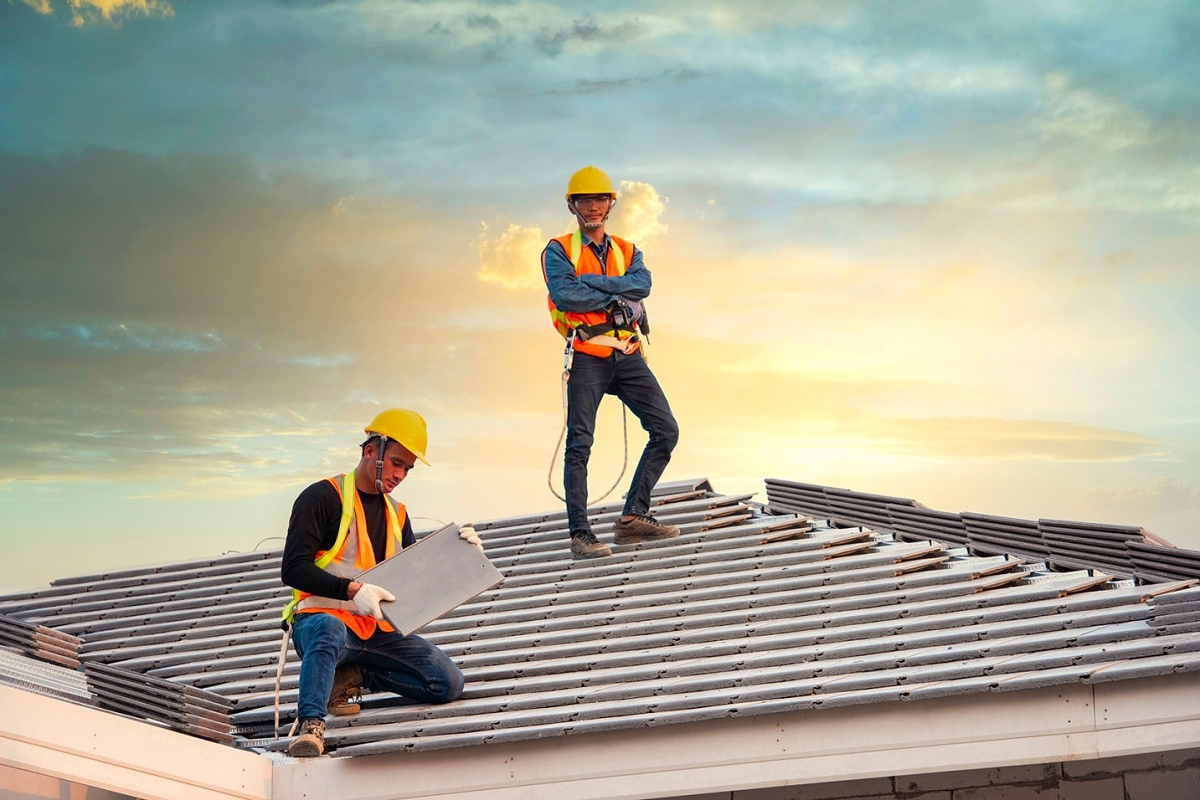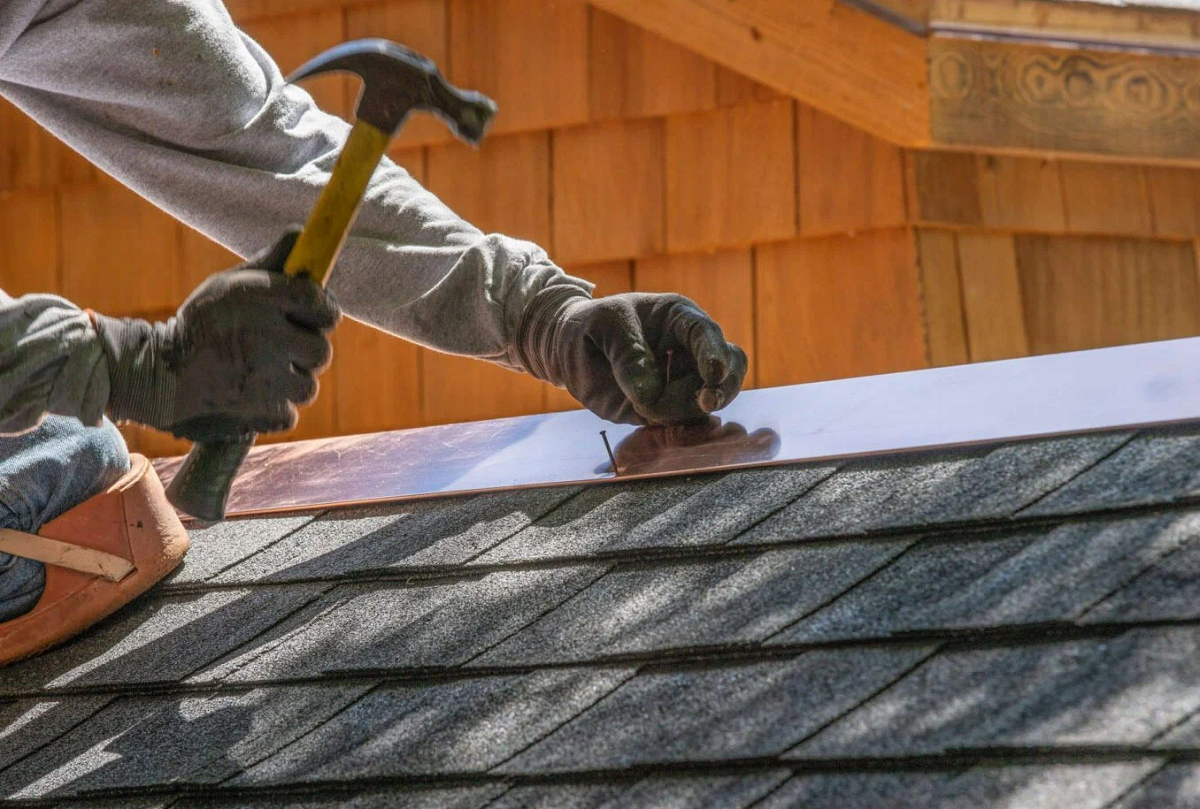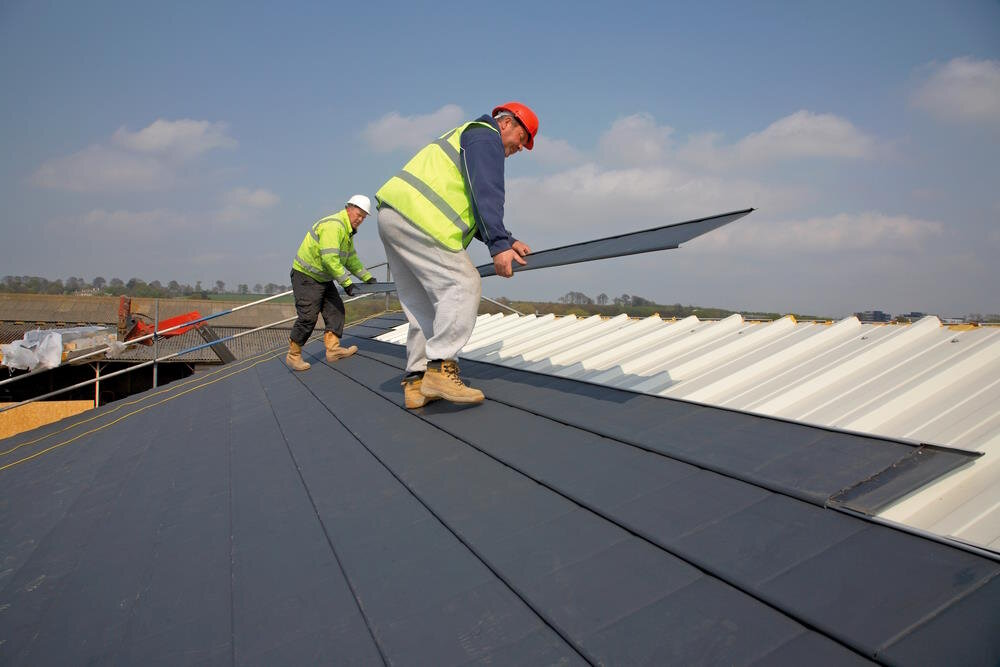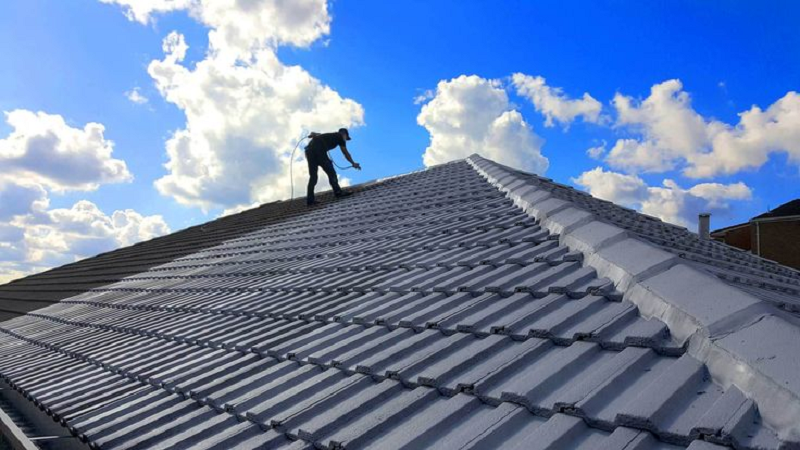The Environmental Impact Of Various Roofing Materials
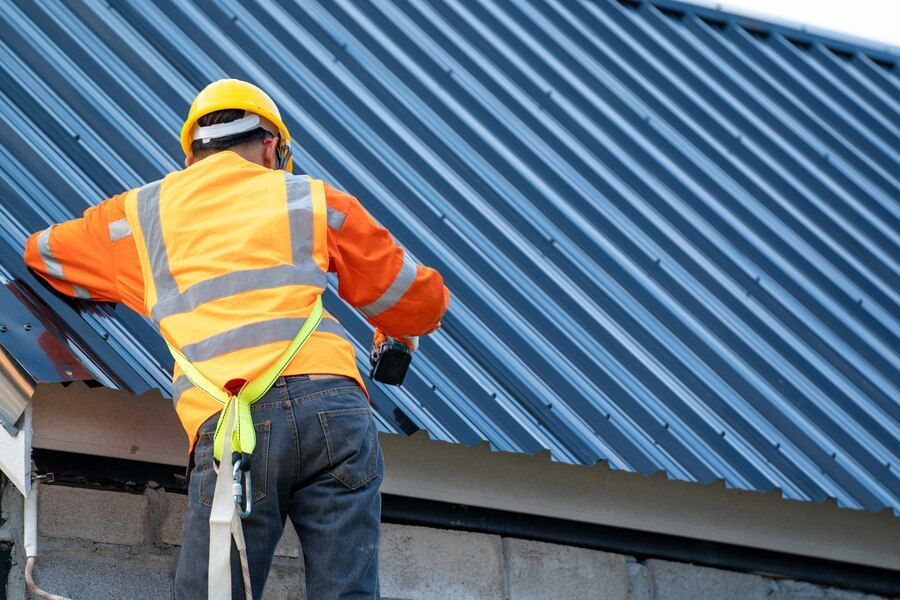
Roofing materials play a crucial yet often overlooked role in the environmental footprint of buildings. From traditional asphalt shingles to modern innovations like green roofs, each material choice brings with it a unique set of environmental implications. The extraction, manufacturing, installation, and disposal of roofing materials all contribute to energy consumption, greenhouse gas emissions, and waste generation.
Understanding the environmental impact of different roofing materials is vital as we strive towards more sustainable construction practices. In this blog series, we delve into the ecological footprint of various roofing options, exploring their life cycle impacts, sustainability factors, and potential alternatives. Join us as we uncover the hidden environmental story behind the roofs over our heads.
Life Cycle Analysis: Assessing Environmental Impact From Cradle to Grave
Life Cycle analysis is a comprehensive method used to evaluate the environmental impact of a product or material from its initial extraction or creation through its use, maintenance, and eventual disposal or recycling. For roofing materials, this analysis considers factors such as energy consumption, greenhouse gas emissions, water usage, and waste generation at each stage of the product's life cycle.
By examining the entire lifespan of a roofing material, from its raw material extraction to its disposal or recycling, researchers and policymakers can better understand its overall environmental footprint. This holistic approach allows for informed decision-making regarding material selection and highlights opportunities for improvement in manufacturing processes, transportation methods, and waste management strategies.
Through life cycle analysis, stakeholders can identify the most environmentally sustainable options for roofing projects, mitigating negative impacts and promoting responsible resource use.
Carbon Footprint Comparison: Emissions In Manufacturing and Installation
When comparing the carbon footprints of roofing materials, focus on emissions during manufacturing and installation. Traditional asphalt shingles often have higher footprints due to energy-intensive processes and petroleum use. Sustainable options like metal or clay tiles emit fewer gasses, especially if locally sourced and manufactured using renewable energy. Minimize transportation distances to reduce emissions further. Evaluate energy intensity and make informed choices for a greener built environment.
- Assess greenhouse gas emissions from manufacturing and installation processes
- Compare carbon footprints of traditional asphalt shingles with sustainable alternatives like metal roofing or clay tiles
- Consider sourcing materials locally to minimize transportation-related emissions
- Evaluate the energy intensity of manufacturing processes and their contribution to carbon emissions
- Make informed decisions to reduce carbon footprints in roofing projects for a more sustainable built environment.
Energy Efficiency: Evaluating Thermal Performance And Heating/Cooling Costs
Energy efficiency in roofing materials directly impacts building thermal performance and heating/cooling costs. The ability of roofing materials to reflect sunlight (solar reflectance) and emit absorbed heat (thermal emittance) affects the solar heat gain coefficient (SHGC), determining how much heat enters the building. Materials with high reflectance and emittance, like cool roofs or white membranes, mitigate the urban heat island effect and reduce cooling needs in hot weather.
Adequate insulation and ventilation are also crucial for maintaining energy efficiency and indoor comfort. By choosing energy-efficient roofing materials and implementing insulation strategies, homeowners and building managers can reduce reliance on heating/cooling systems, leading to lower energy consumption and decreased greenhouse gas emissions.
Material Sourcing: Examining Extraction Methods And Resource Depletion
Material sourcing for roofing projects is crucial, influencing environmental impact and sustainability. Examining extraction methods and resource depletion sheds light on the broader implications of obtaining raw materials. By understanding these factors, stakeholders can make informed decisions to minimize harm to ecosystems and communities while promoting responsible resource management.
- Assessing environmental impact: Analyzing the environmental footprint of extraction methods, including habitat destruction, pollution, and carbon emissions.
- Evaluating resource depletion: Understanding the finite nature of natural resources used in roofing materials and the long-term implications of overexploitation.
- Promoting sustainable sourcing practices: Encouraging responsible material extraction through certification programs, ethical guidelines, and support for sustainable forestry and mining practices.
- Considering alternatives: Exploring renewable and recycled materials as substitutes for traditional roofing materials to reduce reliance on finite resources and minimize environmental impact.
- Collaboration and transparency: Fostering partnerships between stakeholders, including manufacturers, suppliers, and consumers, to promote transparency, accountability, and sustainable practices throughout the supply chain.
Waste Generation: Disposal Challenges And End-of-Life Considerations
The disposal of roofing materials poses significant challenges due to the large amount of waste generated and limited recycling options. Materials like asphalt shingles, concrete tiles, and synthetic membranes often end up in landfills at the end of their lifespan, contributing to pollution and resource depletion. Incineration or anaerobic decomposition during disposal can release harmful chemicals and greenhouse gasses. Sustainable waste management strategies include recycling asphalt shingles for pavement, repurposing metal roofing panels, and composting organic materials from green roofs. Designing roofing systems with end-of-life considerations and prioritizing recyclable or reusable materials can minimize waste and conserve resources.
Renewable Options: Exploring Solar Panels And Sustainable Alternatives
As the demand for renewable energy sources grows, solar panels have emerged as a popular roofing option for homeowners and businesses seeking to reduce their carbon footprint and energy bills. Photovoltaic (PV) solar panels can be integrated into roofing systems or mounted on top of existing roofs to harness sunlight and generate electricity. Additionally, solar thermal systems use rooftop collectors to heat water for domestic hot water or space heating applications.
Beyond solar technology, other renewable roofing materials include wood shakes, bamboo, recycled metal, and green roofs planted with vegetation. These alternatives offer environmental benefits such as carbon sequestration, reduced energy consumption, and stormwater management. By embracing renewable roofing options, individuals and communities can contribute to the transition towards a more sustainable and resilient built environment while reducing reliance on fossil fuels and mitigating climate change.
Toxicity and Pollution: Risks Associated with Chemical Treatments And Runoff
Toxicity and pollution risks from chemical treatments and runoff of roofing materials pose significant environmental and health concerns, highlighting the importance of adopting eco-friendly practices and materials.
- VOC emissions from chemical treatments can contribute to air pollution and respiratory health issues.
- Runoff from roofs treated with toxic chemicals can contaminate soil and water sources, posing risks to ecosystems and wildlife.
- Heavy metals such as lead, cadmium, and zinc used in roofing materials can accumulate in the environment, impacting biodiversity and human health.
- Proper disposal of roofing materials at the end of their lifespan is crucial to prevent the release of harmful chemicals into the environment.
- Sustainable roofing options, such as low-VOC coatings and eco-friendly materials, offer alternatives to mitigate toxicity and pollution risks while promoting environmental stewardship.
Durability and Longevity: Balancing Environmental Benefits with Lifespan
The durability and longevity of roofing materials are essential factors in their environmental impact, as longer-lasting materials require fewer replacements and maintenance interventions over time. Durable roofing options, such as metal, concrete, or clay tiles, can withstand harsh weather conditions, UV radiation, and physical wear and tear better than more fragile materials like asphalt shingles or wood shakes.
By investing in high-quality, long-lasting roofing materials, homeowners can reduce the frequency of roof replacements, conserving resources and minimizing waste generation. Additionally, extended product life spans contribute to lower life cycle costs and improved overall sustainability. However, it's essential to consider the energy and resources required for manufacturing and transporting durable materials, as well as their end-of-life disposal or recycling options.
By striking a balance between durability, environmental impact, and cost-effectiveness, stakeholders can make informed decisions that prioritize sustainability and resilience in roofing projects.
Recycled Content: Utilizing Reclaimed Materials in Roof Construction
Recycling and reusing materials are integral to sustainable construction, including roofing projects. Materials like asphalt shingles, metal panels, and rubber membranes often contain recycled content sourced from post-consumer or post-industrial materials. For instance, recycled asphalt shingles can be used as aggregate in new pavement, reducing the need for virgin materials and diverting waste from landfills.
Similarly, recycled metal roofing panels conserve energy and resources while minimizing the environmental impact of mining. Rubber roofing membranes made from recycled tires offer durability and waterproofing properties, diverting waste from tire disposal sites. Reclaimed wood shakes or shingles add aesthetic appeal while conserving resources.
By integrating recycled content into roofing materials, builders and homeowners support the circular economy, reduce waste, and minimize environmental footprints. Additionally, using recycled materials often aligns with sustainability standards, showcasing commitment to responsible resource management.
Green Roofing Solutions: Benefits Of Vegetated Roofs For Biodiversity And Stormwater Management
Green roofs, like vegetated roofs, offer numerous benefits for biodiversity and stormwater management. They support diverse plant and animal life, absorb rainwater to reduce runoff, act as natural insulation, mitigate the urban heat island effect, and promote environmental sustainability in urban areas.
- Supports biodiversity by creating habitats for various plant and animal species
- Reduces stormwater runoff by absorbing rainwater and alleviating pressure on drainage systems
- Acts as natural insulation, lowering energy consumption for heating and cooling buildings
- Mitigates the urban heat island effect, improving local air quality and reducing heat-related health risks
- Promotes environmental sustainability and resilience in urban environments through innovative building design
In conclusion, by considering factors like lifecycle analysis, carbon footprint, energy efficiency, material sourcing, waste generation, and embracing renewable options, stakeholders can make informed decisions to mitigate environmental impacts in roofing projects. Sustainable practices such as recycling, responsible material sourcing, and adopting green roofing solutions contribute to resource conservation, waste reduction, and resilience in the built environment.
These measures not only lower greenhouse gas emissions but also promote biodiversity and enhance urban livability. Integrating sustainability principles into roofing projects is crucial for creating a more environmentally friendly and resilient built environment for future generations.
Looking for trusted roofing services in Manteca? With over 30 years of experience, Avalon Roofing Services is your go-to choice. As an A+ accredited roofing contractor, we prioritize top-quality work and excellent customer service. Your roof is not just a covering; it's an investment in your home and family's safety.
Whether it's repairs, maintenance, or a full replacement, our experienced team is here to help. Reach out to us at contact@avalonroofing209.com or call (209) 380-1275 during office hours, and (209) 483-7593 after hours. Don't wait until issues escalate – trust Avalon Roofing Services to protect your investment and provide peace of mind.



